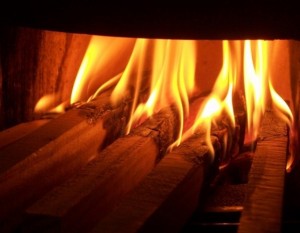In 2009, Shengzhou Stove Manufacturer (SSM) and Aprovecho won the International Energy Ashden Award. Since then the owners, Mr. and Mrs. Shen, have expanded their factory and now have one of the world’s finest facilities with a capacity of about 500,000 stoves per year.
The rural factory is a busy place with approximately one hundred workers, most of whom are also part time rice and silk farmers, making hundreds of thousands of stoves.
SSM stoves have been sold in India, many African countries, including South Africa, Madagascar, and in Argentina, Chile, Mexico, and the Marshall Islands. The factory specializes in the finest quality Rocket stoves but also sells all kinds of stove materials including refractory metals, cast iron stove tops, and all sorts of stove parts.
www.ssmcookstoves.com lists inexpensive materials, parts, flat packed assemblies, and Rocket stoves. The Shen’s hope that making stove parts and materials easier to obtain will help to get many more great locally made stoves to the cooks who need them by filling in when some locally made part is missing.
Biomass and Energy
One of my favorite books is “Energy Primer: Solar, Water, Wind, and BioFuels” (1976). Here are some speculations about biomass taken from the figures in the book.
A considerable amount of solar energy ends up concentrated in biomass even though the efficiency of storage is low: between 1.5% to 3%. A one acre grain crop averages around .9 tons. Growing hay on an acre can result in 21 tons. If the hay is directly burned about 29 million BTUs are released. The average yield of a one acre woodlot of trees is 3.5 tons/year. When the wood is burned something like 42 million BTUs are produced.
A modern TLUD can boil 7 liters of water and simmer it for 40 minutes using about two pounds of wood. The annual biomass production from an acre of trees would make something like 3,500 meals. To be conservative, if a family cooked three times a day something like 3 families could sustainably cook food without diminishing the one acre production. Page 113
There are 10,000 people living in our town. A 1.5 square mile wood lot would theoretically provide carbon neutral cooking for Cottage Grove. About 90 million BTU’s are used annually by the average USA household. https://www.eia.gov/todayinenergy/detail.cfm?id=6570 If the energy was used at 33% efficiency 6 acres would supply the household with a ‘forever’ energy source.




